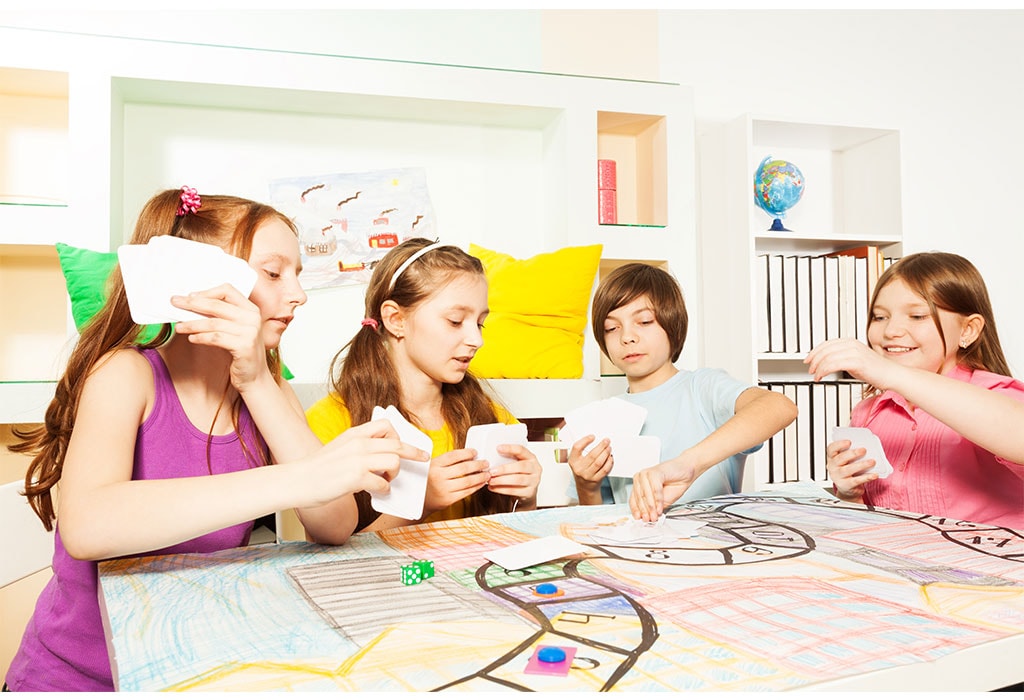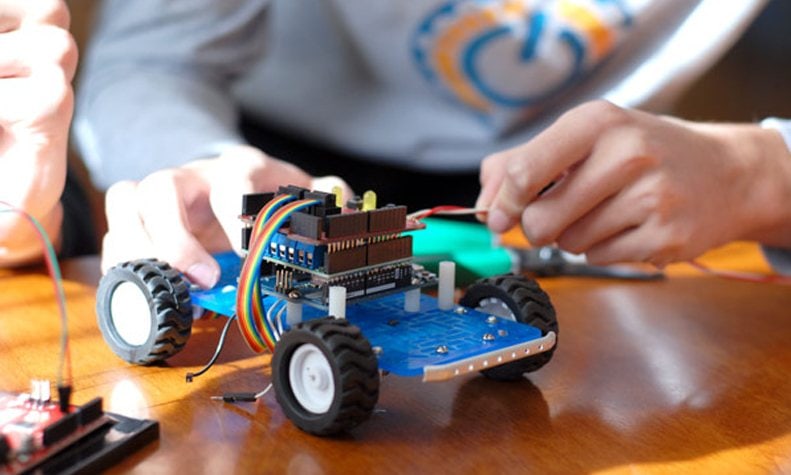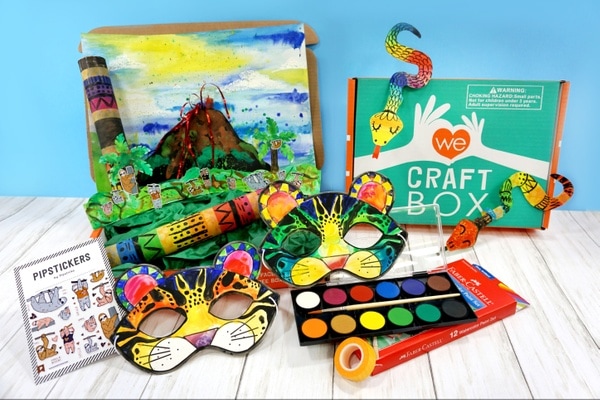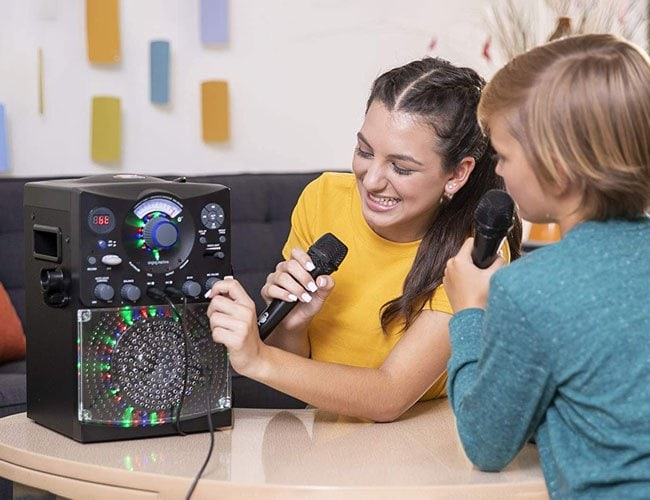If you’re looking for a fun, simple game to play with your children, dice games are hard to beat. They’re educational, helping your little one develop their skills in counting, basic math, and early strategy. They’re versatile, as you can play them on a table, on the floor, or even on the go. And most are quite easy to learn.
But there are so many dice games for kids to choose from. That’s why we’re here to help you narrow it down, and take a more in-depth look at some of the best dice games for kids on the market.
When considering a dice game for your little ones, there are a few factors for which you’ll want to look. First of all, you need to make sure the game is accessible and engaging. It needs to be simple enough that your child will be able to understand gameplay. At the same time, though, it can’t be made for age groups that are too young, as your child might then not be interested.
From there, you’ll want to consider what type of lessons and skills you’ll want the games to include. Learning through play is an incredibly powerful tool; children sharpen, or even develop brand new skills without even knowing it, having tons of fun along the way.
Parents of younger children might be interested in a simple game that focuses on teaching kids about numbers. Other customers might prefer a game with more complex strategic or math skills involved. You’ll also want to consider style and gameplay as well.
Ultimately this all comes down to personal preference. The choice is yours! But to help you get started, we’ll break down a few of the best options in greater detail, so you can make the most informed decision possible.
1. Knock Out
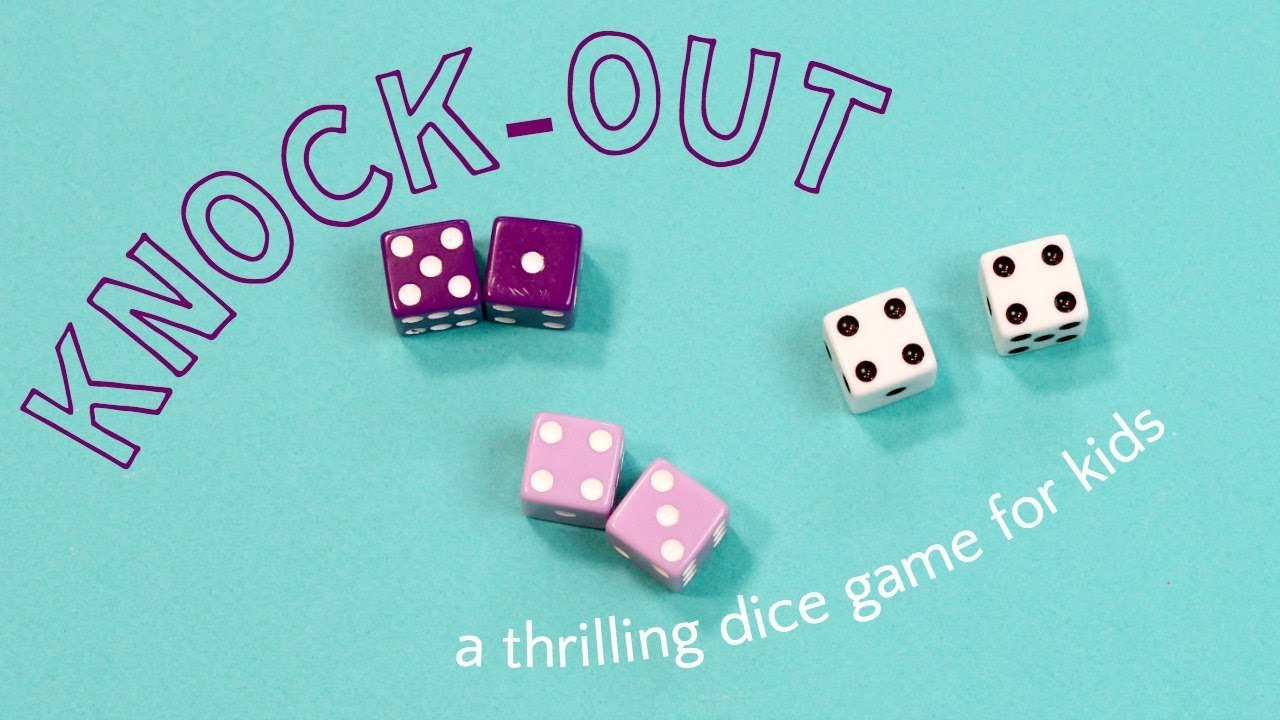
Synopsis: Two or more players try to build up the highest possible score without getting “knocked out” by a predetermined unlucky number.
Skills involved: The most significant skill required for KNOCK OUT is basic addition. Users will roll two dice per turn, and their score is the total of the two numbers shown. If your little one is just learning addition, this can be a perfect way to reinforce those skills while having fun.
A secondary skill is patience. In KNOCK OUT, it is possible to lose your score at any point in the round. That can certainly be frustrating, but the game doesn’t end there. Your child, therefore, will learn about patience and resilience.
Materials:
- Two dice
- Paper
- Pen
- Flat surface
Gameplay: Start by setting it up: gather some paper and a pen to keep score, and find a flat, stable surface on which to play. If you’re thinking about playing on the go, simply bring a tray with you, and you can play anywhere.
Choose the number of rounds you want to play—a standard game can go about ten rounds, but you can decide upfront if you want to play for more or less time—and pick a “knockout number.” The traditional knockout number is 7, which is the most common number when rolling two six-sided dice. If you want knockouts to happen less frequently, pick a higher or lower number. The farther the number is from the middle, the less likely you are to roll it.
Now, you’re ready to start. Players take turns rolling the dice and add up the numbers. If you don’t get the knockout number, the number you roll gets written down as your score. If a player does get the knockout number, that wipes out the count they’ve accumulated so far. But their game doesn’t end there! They just start back over from zero and still have a chance to catch up.
In the end, the player with the most points once both players have rolled ten times is the winner! KNOCK OUT is a quick, fun, addition-oriented game that can be played for as long or as little as the players want.
2. Run For It!
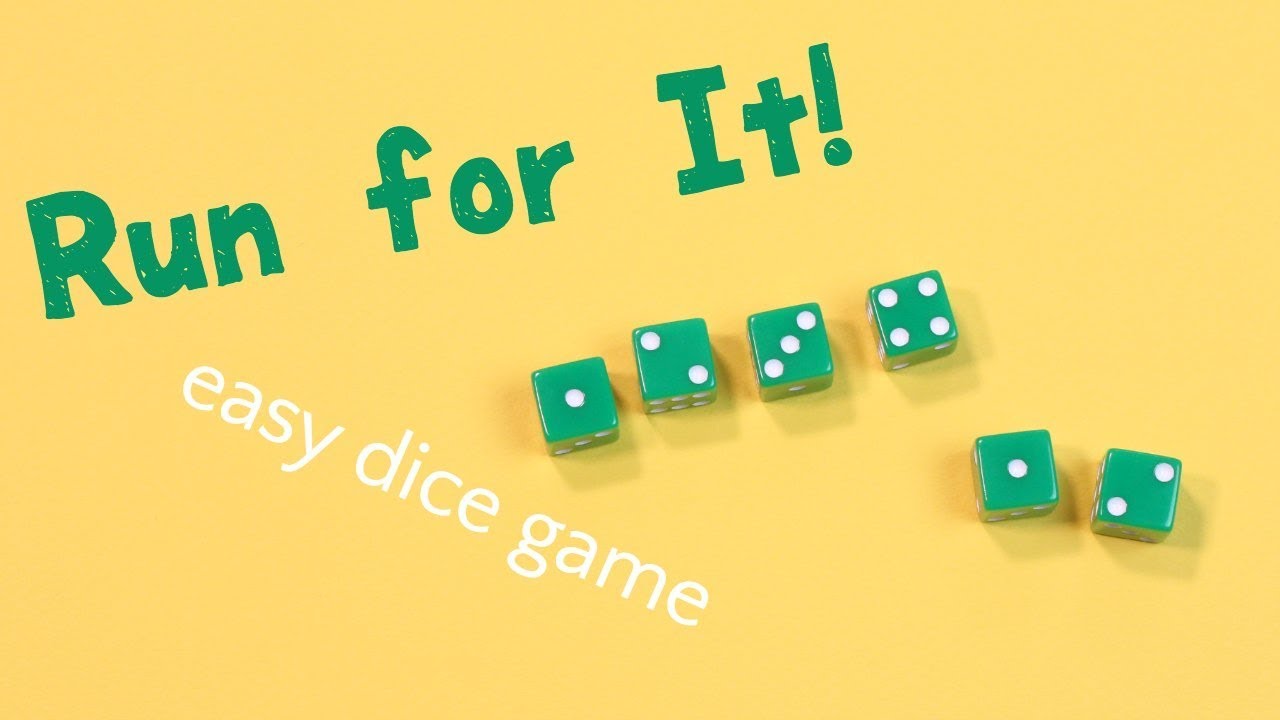
Synopsis: Two or more competitors race to 100 points by rolling six dice and looking for numbers in sequence.
Skills Involved: There are a few basic math and strategic skills involved with Run for It! Scoring is in increments of five—players receive five points for each number in a run that they roll—so the game helps children get comfortable counting by fives. That is a useful base skill that can help form the foundation of learning to multiply.
Additionally, the core of gameplay is all about understanding and identifying numbers in sequence. That helps your child reinforce their knowledge of numbers, which is always useful for younger kids. Run for It also helps kids develop simple strategy.
Materials:
- Six dice
- Paper
- Pen
- Flat surface
Gameplay: Start by setting up your playing area. Six dice can be a lot for a small child to roll, so they can scatter fairly easily. That’s not to say you can’t play in a small area, but it can definitely be easier for all involved if you have a larger rolling surface. It can also help to use a small cup to roll.
Once you’re ready to play, each player takes turns rolling all six dice. Then, you look for runs in the roll—that is, numbers in sequence, starting with one. Each number in each run scores you five points. For example, if you roll 1, 5, 3, 2, 5, 6 that includes a run of three, and worth 15 points.
If there are multiple runs (for example, 1, 2, 3, 1, 2, 3), you can include both; that example would be worth 30 points. But if there isn’t at least a run of two, that roll doesn’t provide a score. Players alternate, taking one roll per turn, until at least one player scores 100.
Run it Up is a game that includes several easy alterations. First of all, you can change the final score from 100 to anything higher or lower, depending how long you want to play the game. You can also decide to allow runs that begin on numbers other than one, which will result in higher scoring. The choice is yours!
3. Beat That!
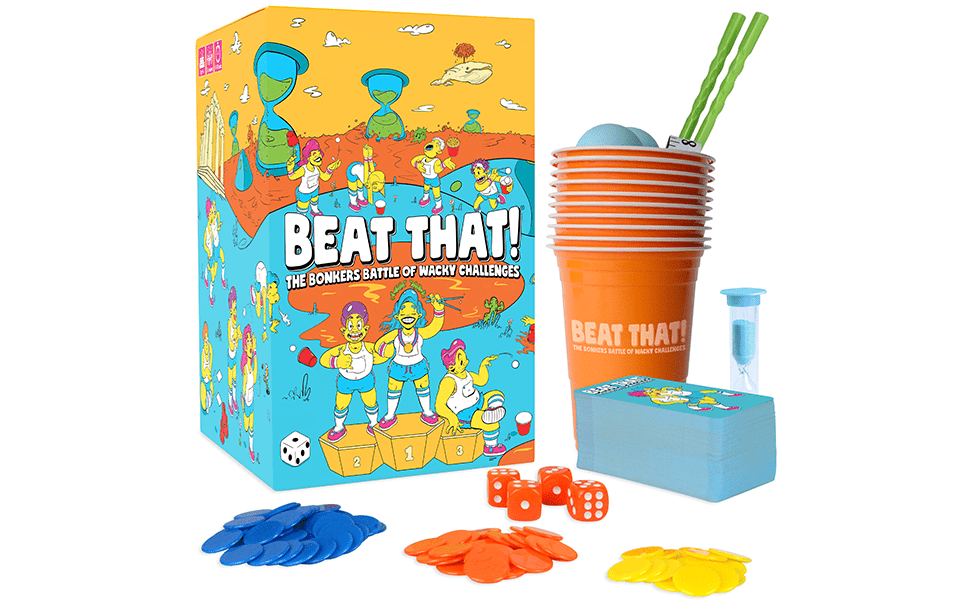
Synopsis: Simple, popular dice game teaches children about strategy and place value, and comes with loads of variations.
Skills Involved: The primary skill involved in Beat That is an understanding of place value, that is, the ones place, tens place, hundreds place, and so on. The gameplay is centered around recognizing numbers and understanding how to sequence them to make them as large as possible.
Beat That also requires focus, concentration, and low-level strategy. And considering the number of variations in gameplay, it inspires creativity in its players as well.
Materials:
- Between two and seven dice
- A flat playing surface
- Pen and paper (optional)
Gameplay: Beat That is a very simple but engaging game. Each player takes turns rolling dice, and then creates the largest possible number from the numbers they roll. You don’t add up the total of the numbers, but rather combine them into digits of one number. For example, if you are playing with two dice, and roll a 2 and a 3, you could make that into a 32.
Then, the other player rolls, and tries to create a higher number than their competitor. Winning requires an understanding of place values; if kids are going to create the winning number, they have to know to place the largest number in the first position.
There are two main ways of scoring; you could simply play round-by-round, and the player to score higher on each roll wins that round. Conversely, you could set a total score (like 500) and play until one player reaches that number. Add up the total of each roll, and the first player to hit 500 is the winner of the game.
For younger children, it can be easier to play with just two dice. But with older kids, you can play with up to seven. That increases the complexity of the game. There are still more variations in gameplay, including striving for the lowest score possible rather than the highest score. In this case, the player with the lower number wins each round, and the player with the lowest overall score when one player reaches 500 wins.
The Bottom Line
Dice games are a simple way to have fun with your child while also educating them and helping them sharpen their skills. They represent an excellent way for your children to learn through play. There are countless dice games for kids, but three of the best include KNOCK OUT, Run for It, and Beat That.

